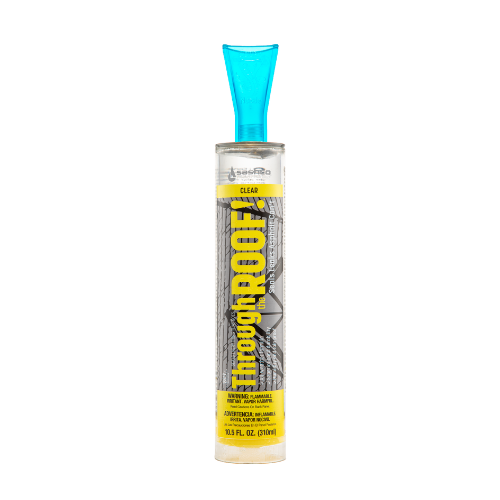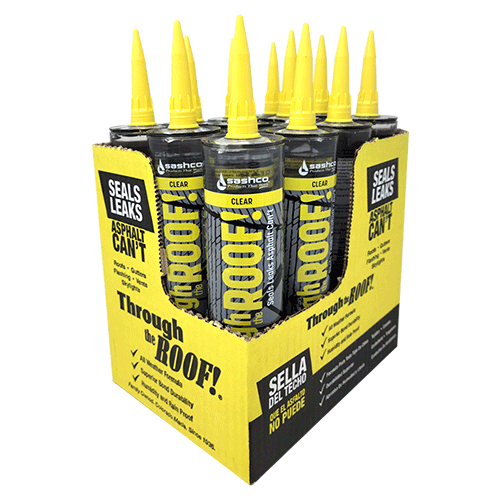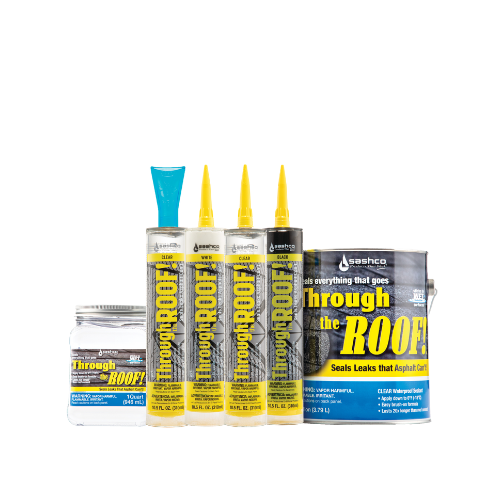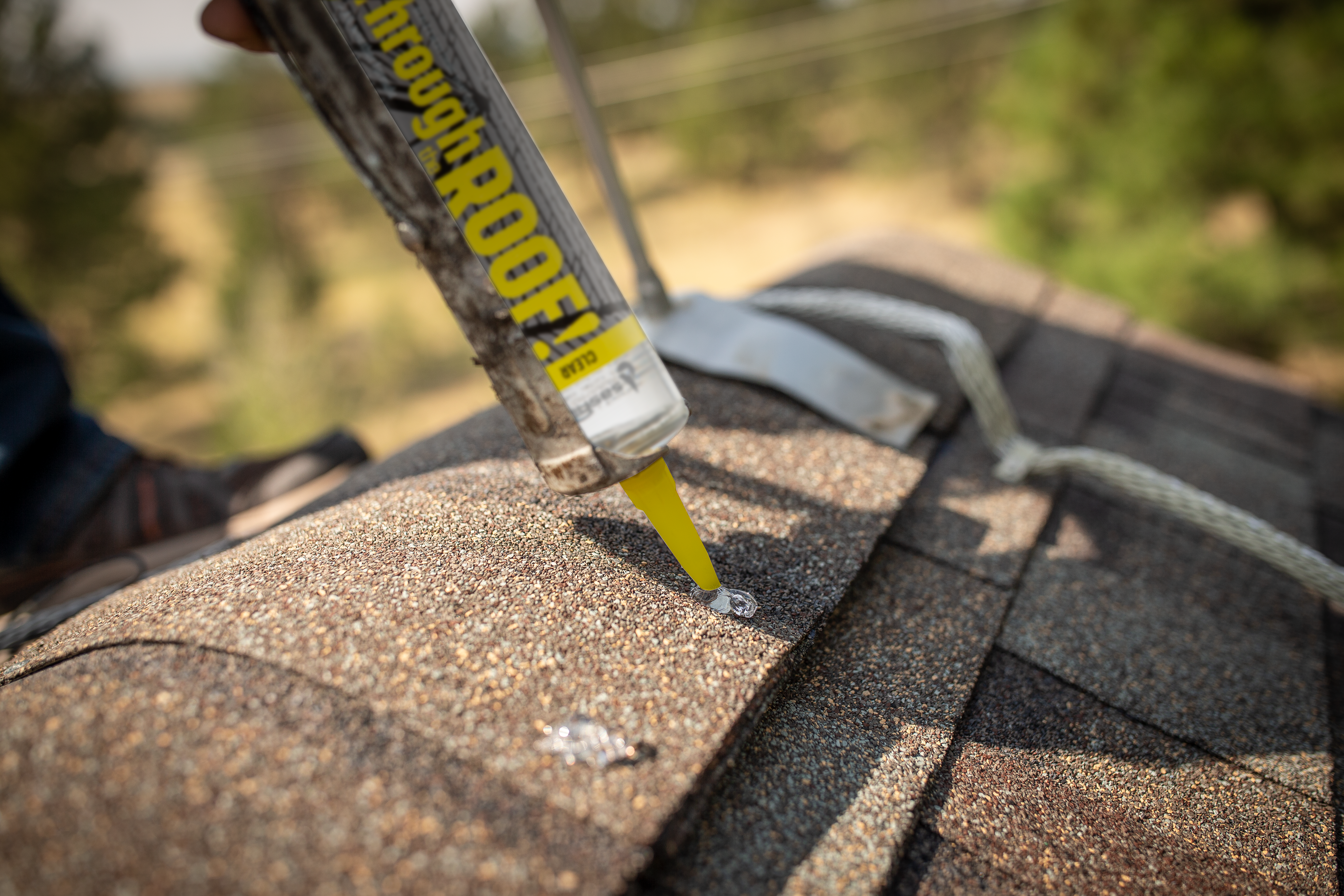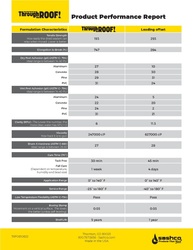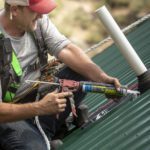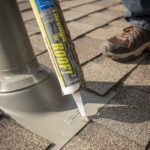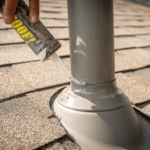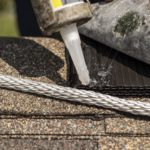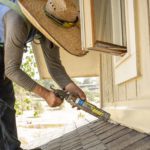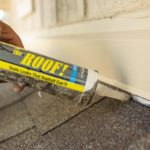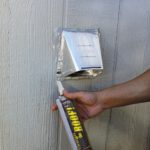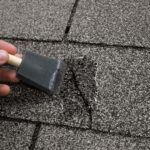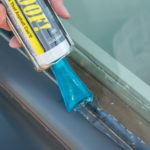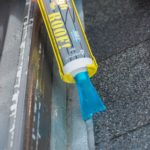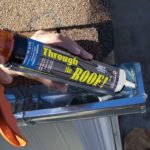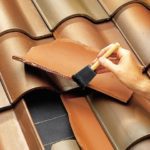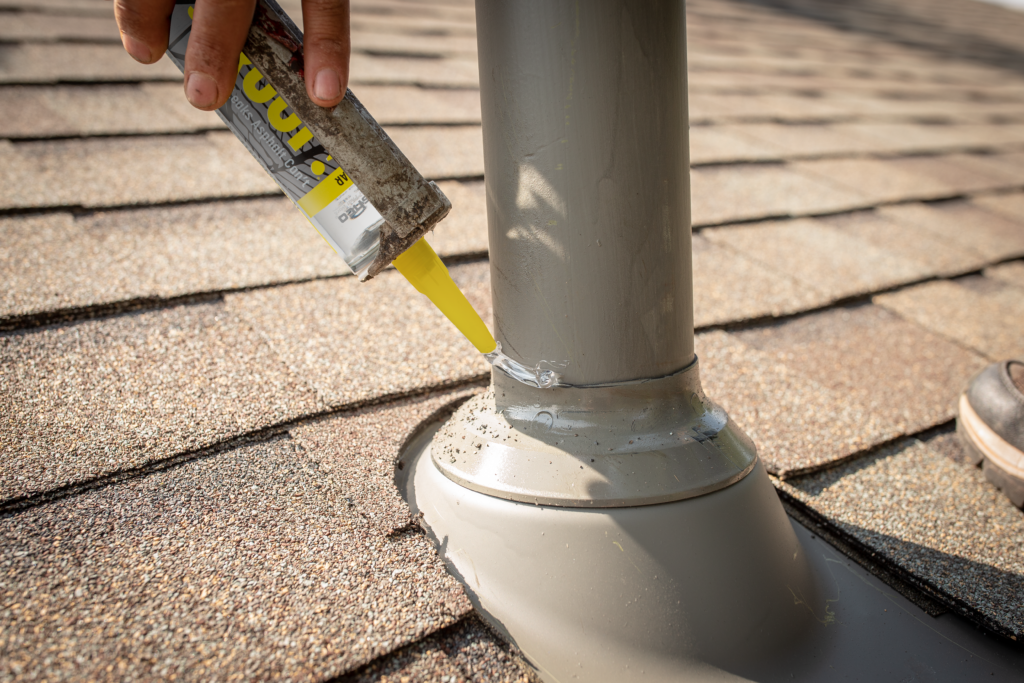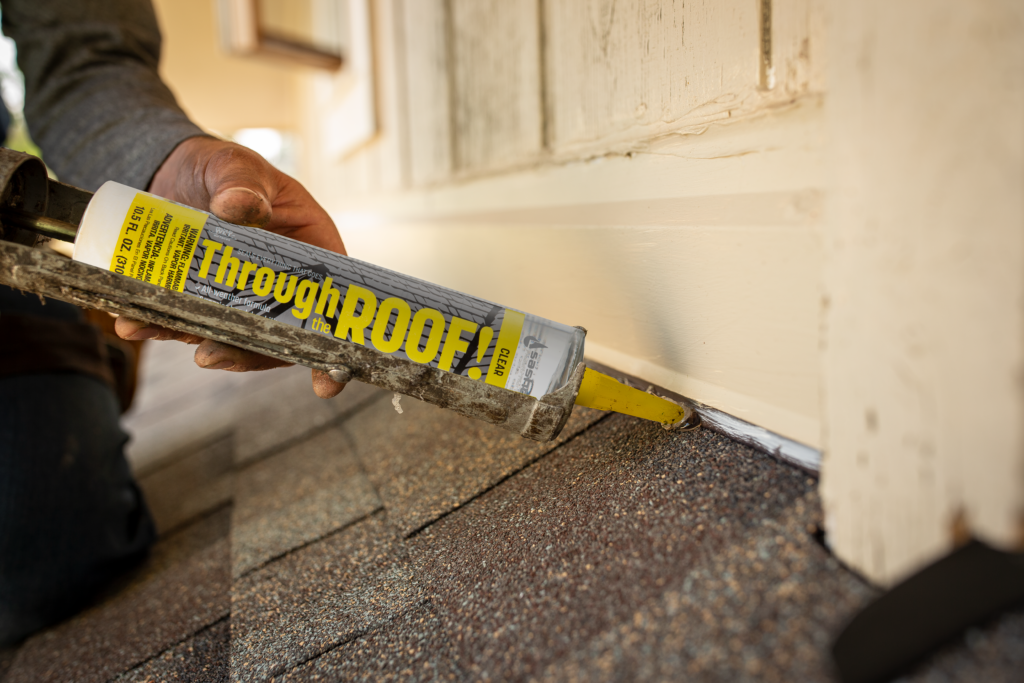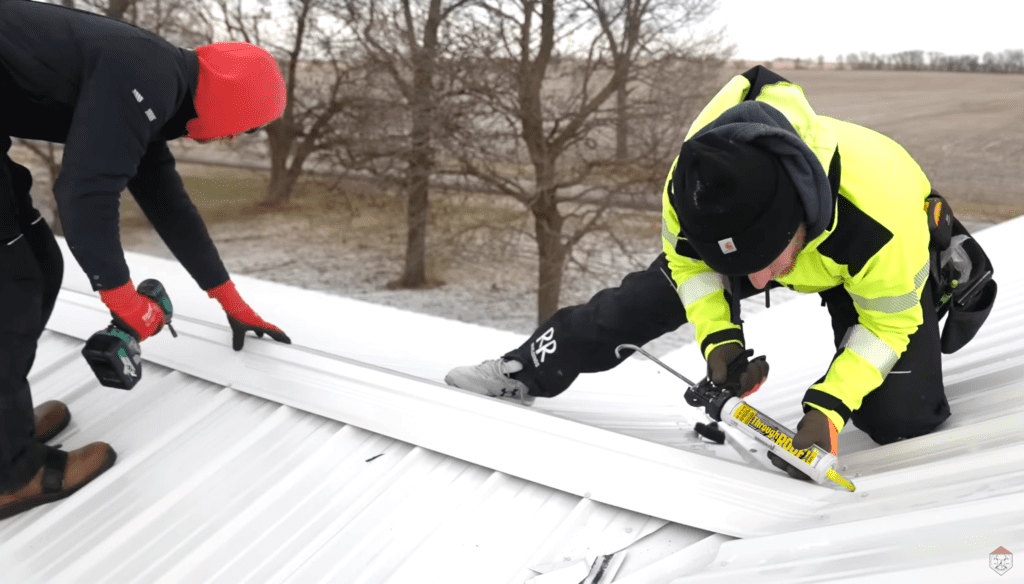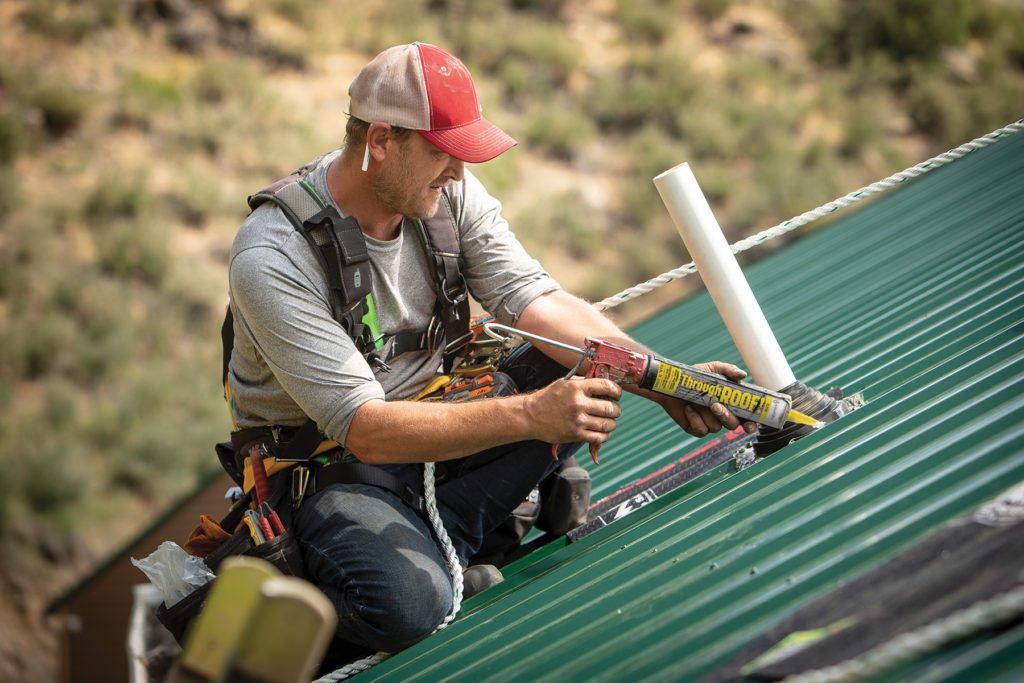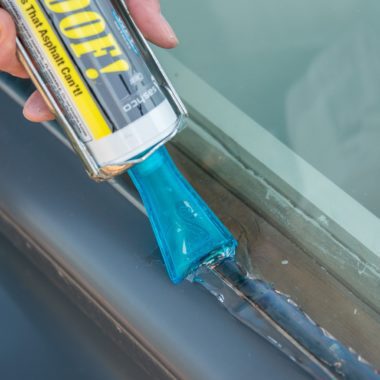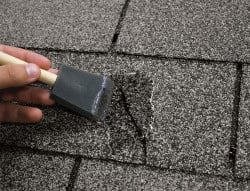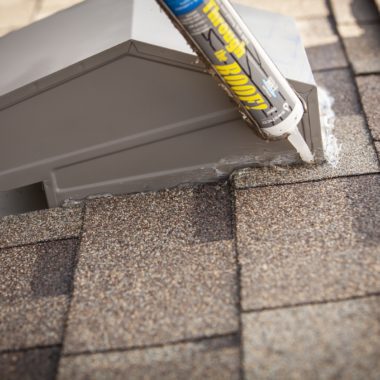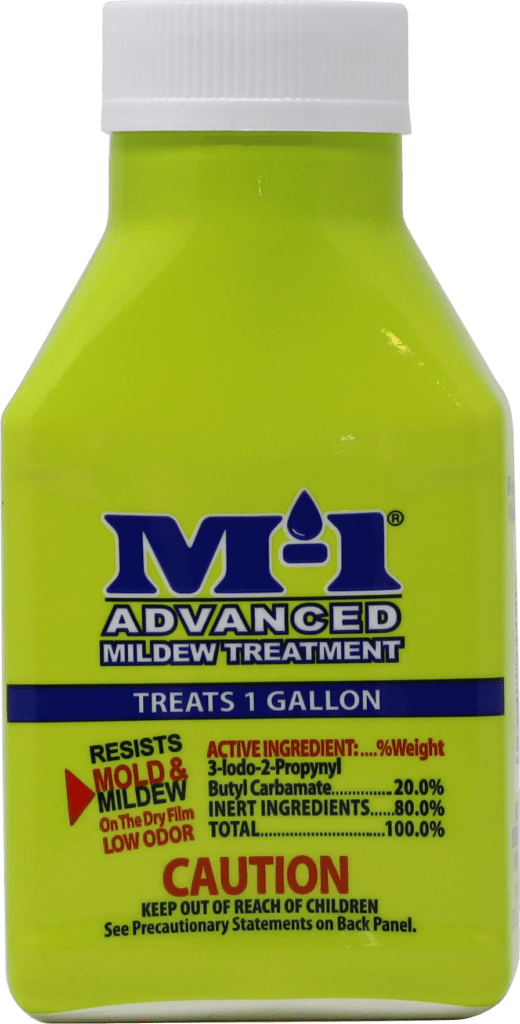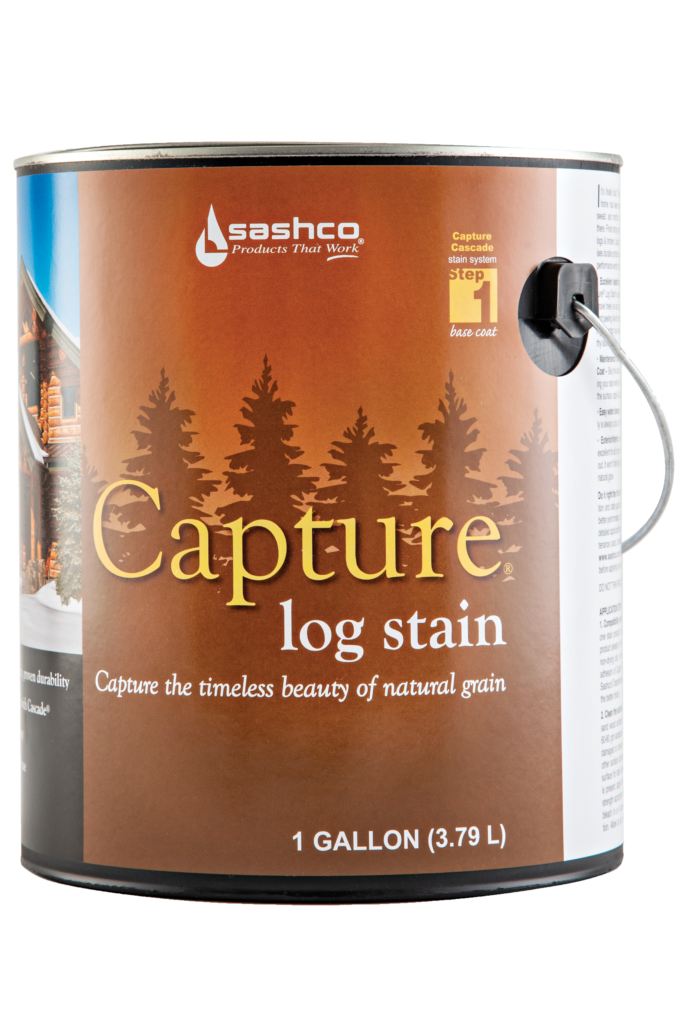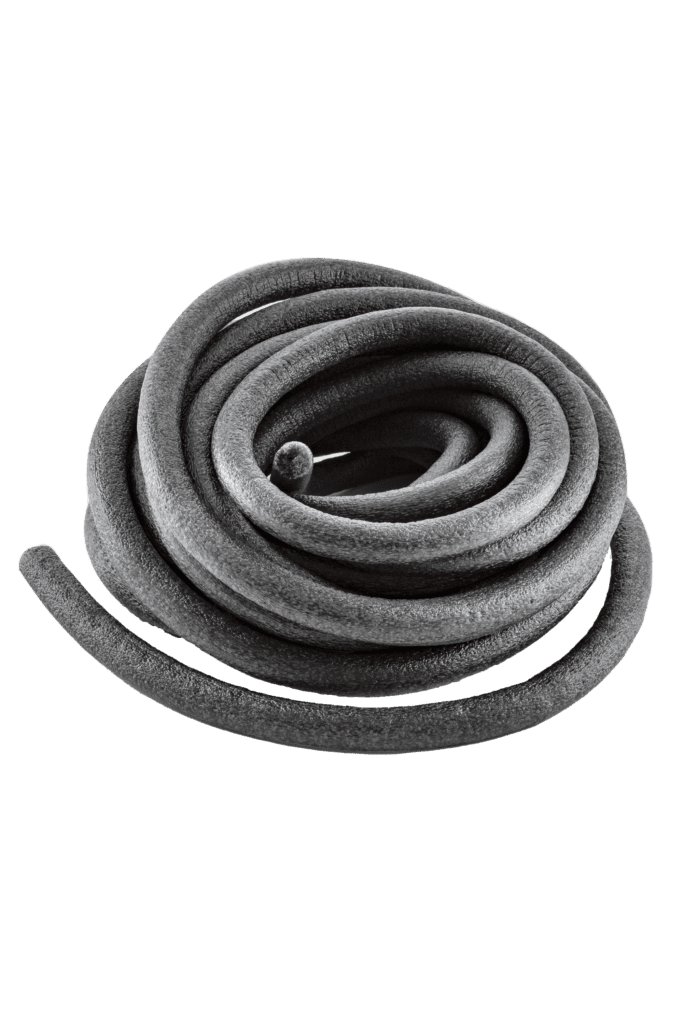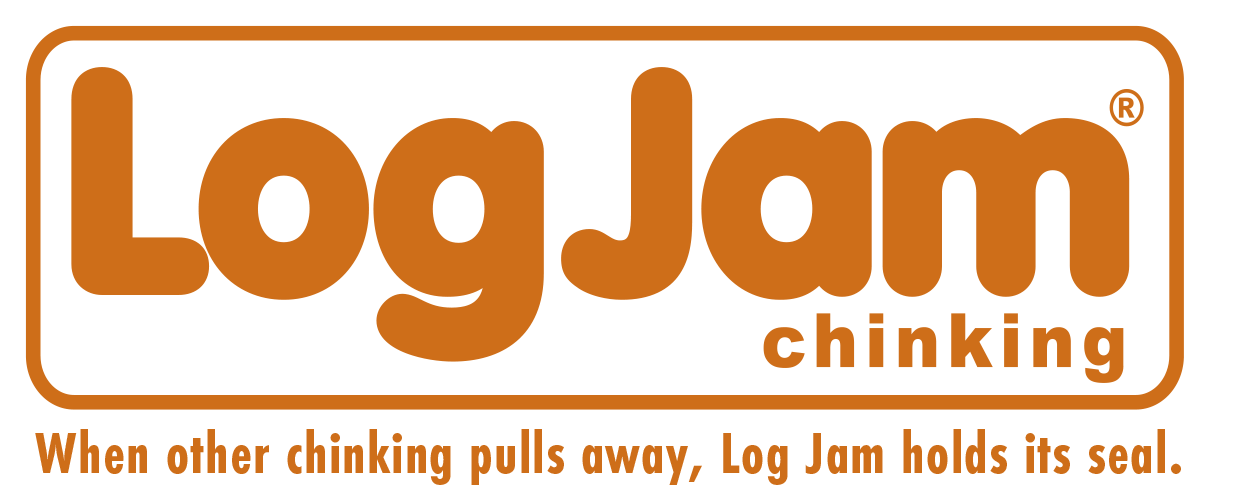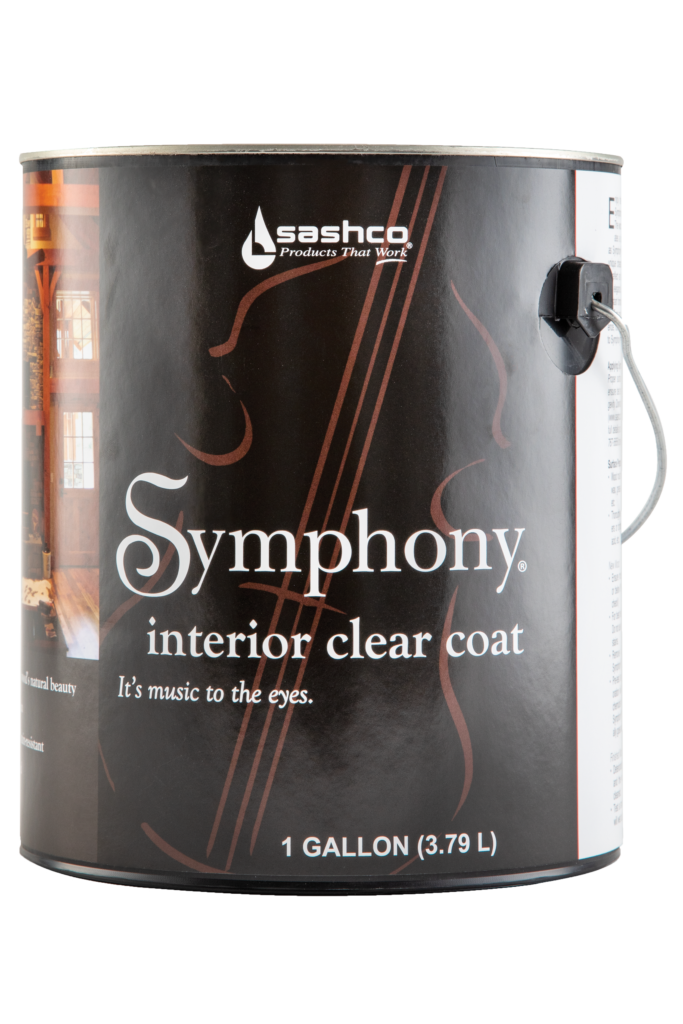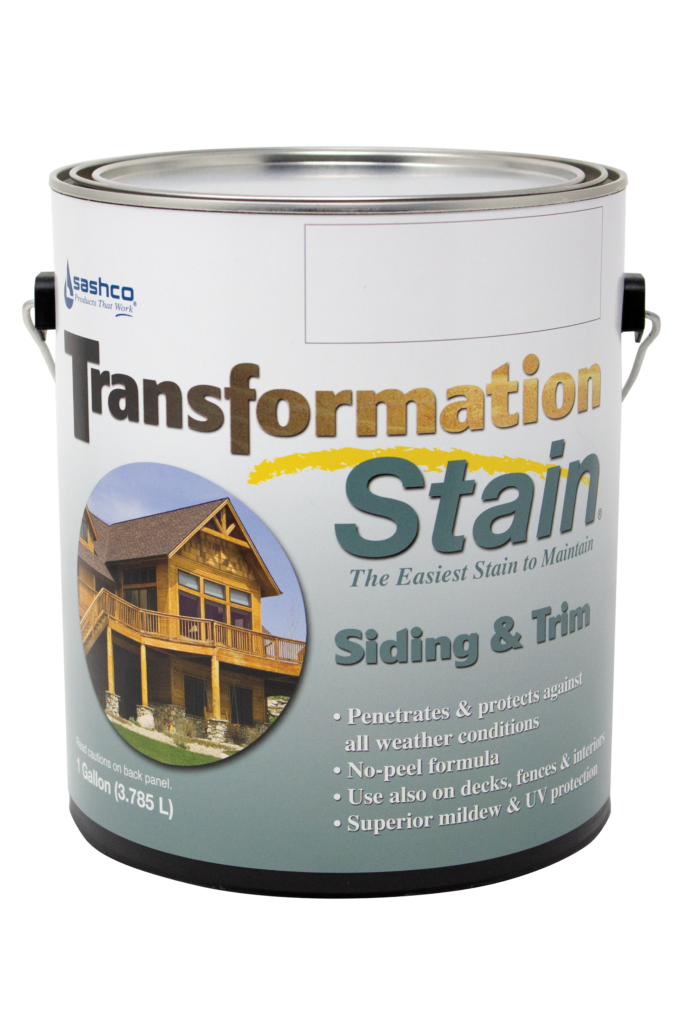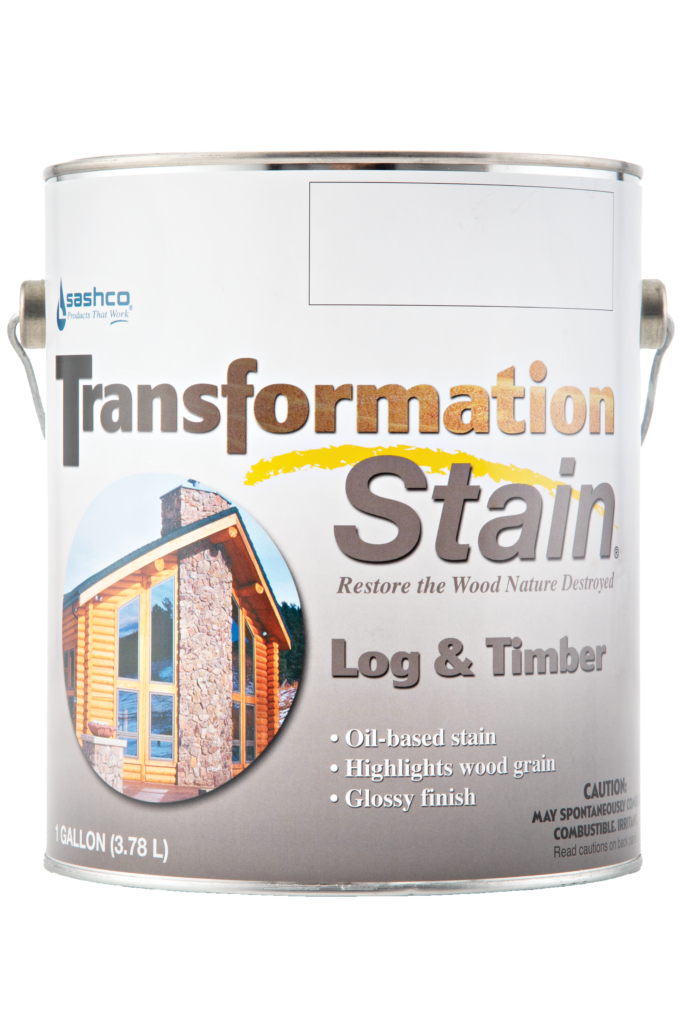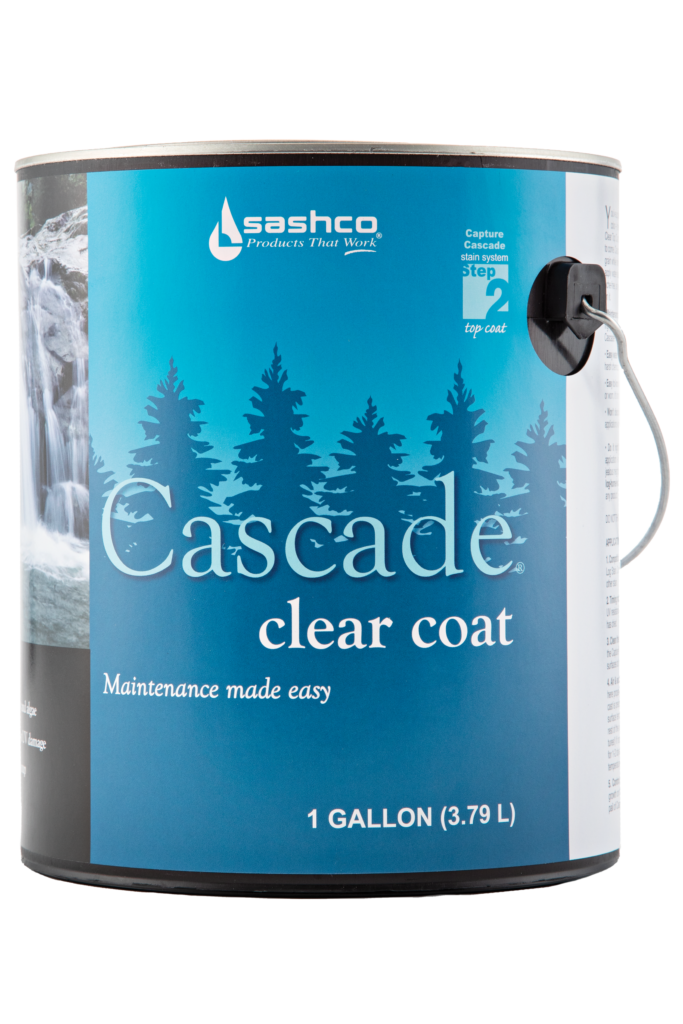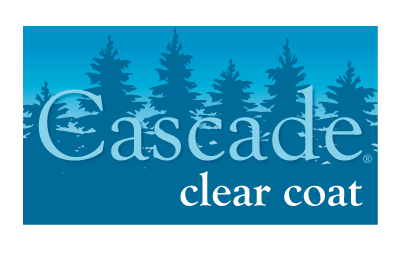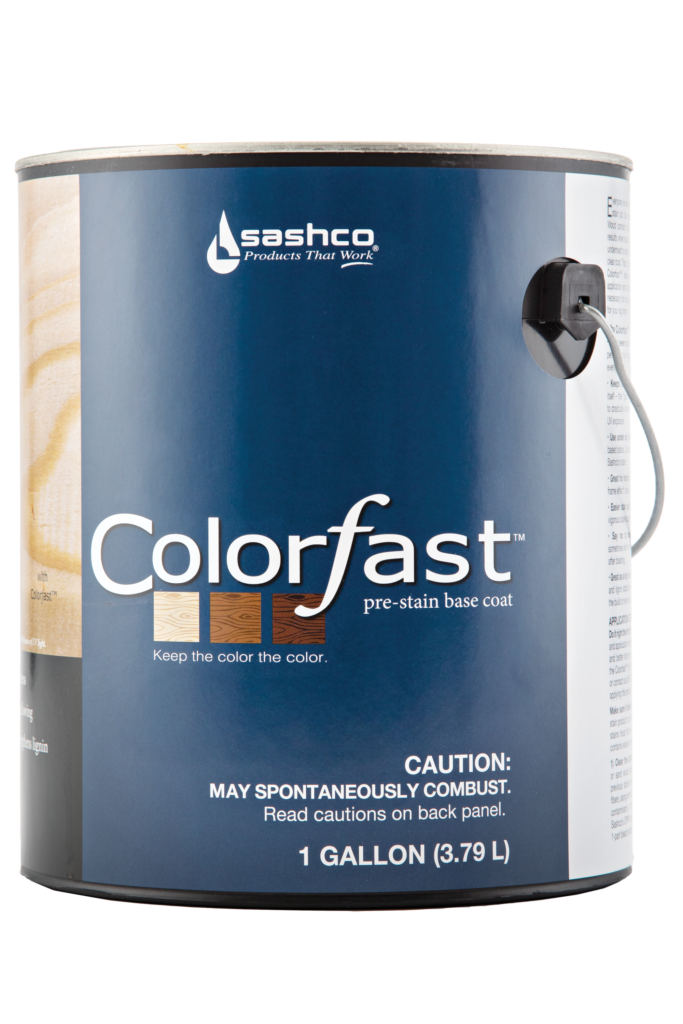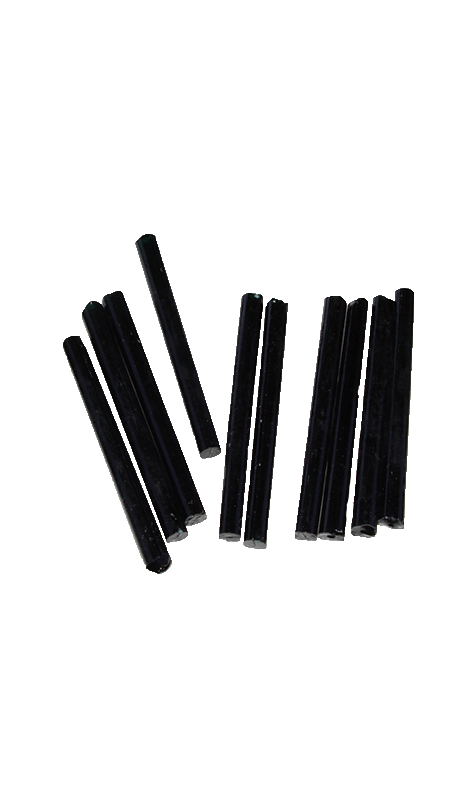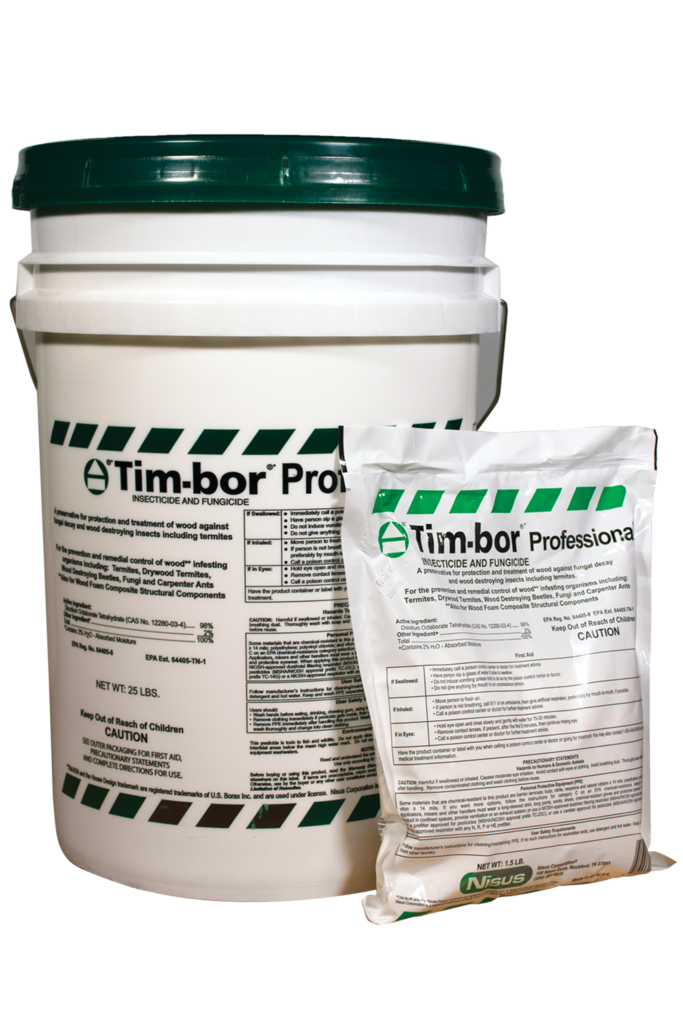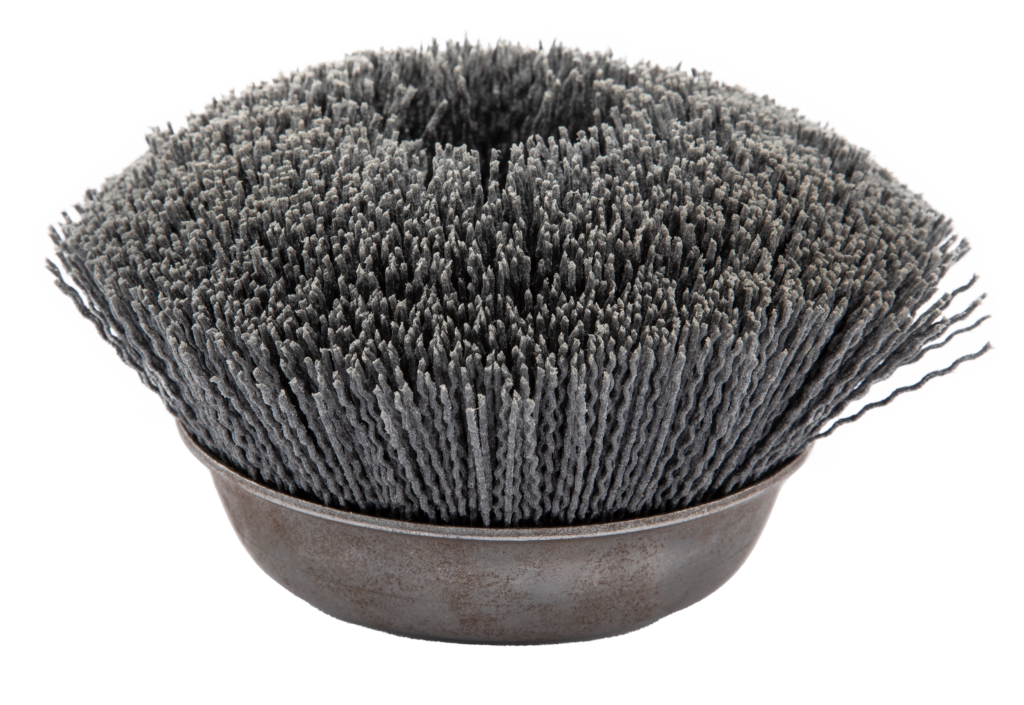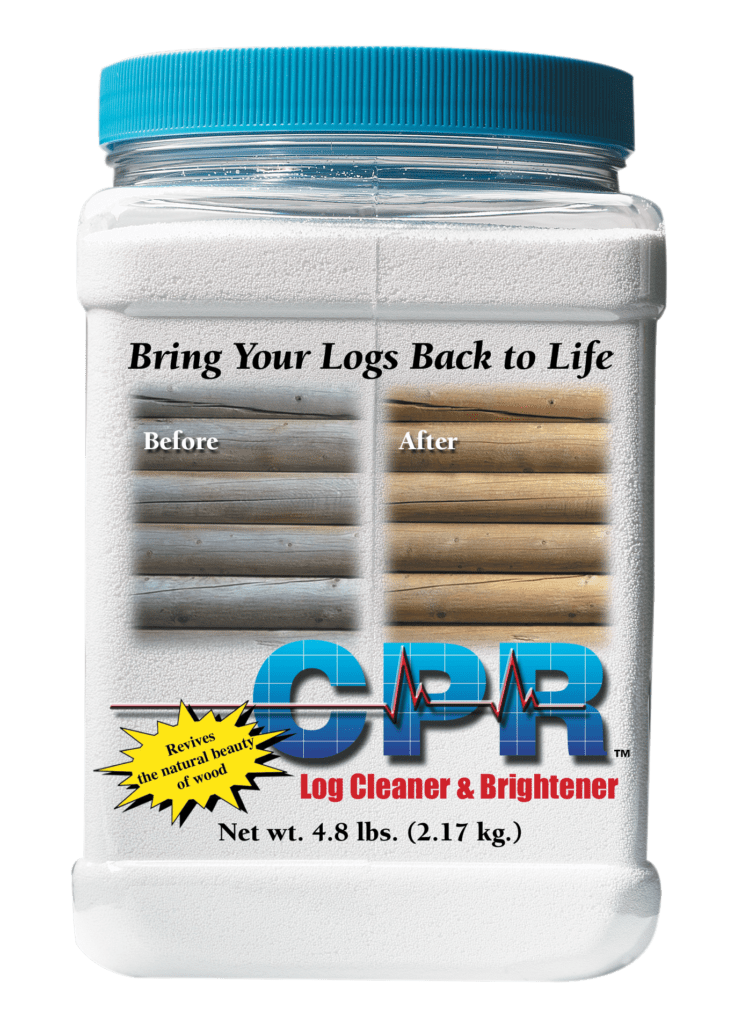Galvanized metal, aluminum flashing, vent pipes, skylights, gutters, downspouts, ductwork, chimneys, glue down shingles and roof tiles (cedar shake, asphalt, cement, slate, and glazed tile), roof jacks, cables, air conditioning units, metal RV roof
What is high performance?
We talk a lot about high performance around here, but what the heck makes a sealant or caulk high performance?
A sealant or caulk should be flexible, elastic, and adhesive. Many sealants are flexible, adhesive, or elastic. It is the combination of all three together that leads to high performance, meaning durability and longevity you can trust.
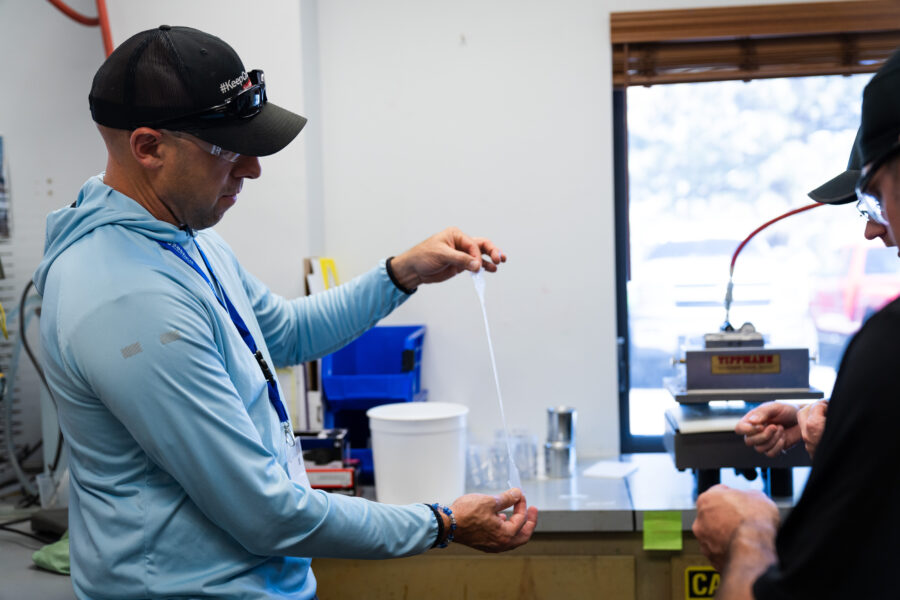
Resources
Downloadable Resources
Through the Roof! Technical Data Sheet
Through the Roof! Performance Report
Through the Roof! Brochure
Through the Roof! vs. Asphalt Report
Through the Roof! Info Sheet
Through the Roof! Canadian Info Sheet
Through the Roof! Technical Data Sheet Spanish
Through the Roof! Technical Data Sheet French
Through the Roof! Brochure Spanish
Through the Roof! Brochure French
TRF_SDS_brush-grade_VOC
TRF_White_Cartridge_LowVOC_SDS
TRF_Cartridge_LowerVOC_SDS
TRF_Brushgrade_WHMIS_SDS
TRF_SDS_brush-grade
TRF_Clear_Cartridge_SDS_CAN_EN
Through the Roof- Black Cartridge Grade Low VOC SP OSHA GHS SDS 2024-05-15
TRF_Clear_Cartridge_SDS
TRF_Black_Cartridge_SDS
TRF_Brushgrade_WHMIS_SDS_FR
Through the Roof – Brush Grade EN OSHA GHS SDS 2024-06-07
TRF_Black_Cartridge_LowVOC_SDS
TRF_Clear_Cartridge_SDS_CAN_FR
Through the Roof – Brush Grade SP OSHA GHS SDS 2024-06-07
TRF_White_Cartridge_SDS
Through the Roof White Cartridge Grade Low VOC SP OSHA GHS SDS 2024-05-15
Through the Roof White Cartridge Grade Low VOC EN OSHA GHS SDS 2024-05-15
Through the Roof- Black Cartridge Grade Low VOC EN OSHA GHS SDS 2024-05-15
videos
Caulking 101
Through the Roof! provides a durable, flexible seal that outperforms traditional asphalt patches and sealants. Resistant to harsh weather, it remains elastic year-round to accommodate roof material expansion and contraction, ensuring a water-tight seal.
Talk with a real human!
We’re here to help see your project through to the end.
Not sure which sealant, caulk, or other product is right for your job? Looking for the nearest location to buy products for your next home project? Don’t know exactly how to tackle your repair? We’re here to help.

Call to talk with one of our caulking specialists:
800-767-5656Common Questions From Our Network of Pros
It’s a synthetic copolymer rubber
No. We hate silicone.
You don’t. That’s kinda the point. But if you are unfortunate enough to have to get it off, try a solvent-based caulk remover, a putty knife, and good-old fashioned elbow grease.
It can be applied to active leaks as it will displace the water. We have not done rigorous 30 day submersion testing, but we do hear of folks using it successfully for swimming pools, boats, kayaks, etc.
We don’t recommend it. Try a test patch to see if you are happy with the adhesion.
Use clear glass cleaner, water with a little soap, or mineral spirits on the bead/on your finger. If you’re applying large amounts, you may want to check out our Cobra Nozzle which lays down a neat bead with no tooling required afterward.

